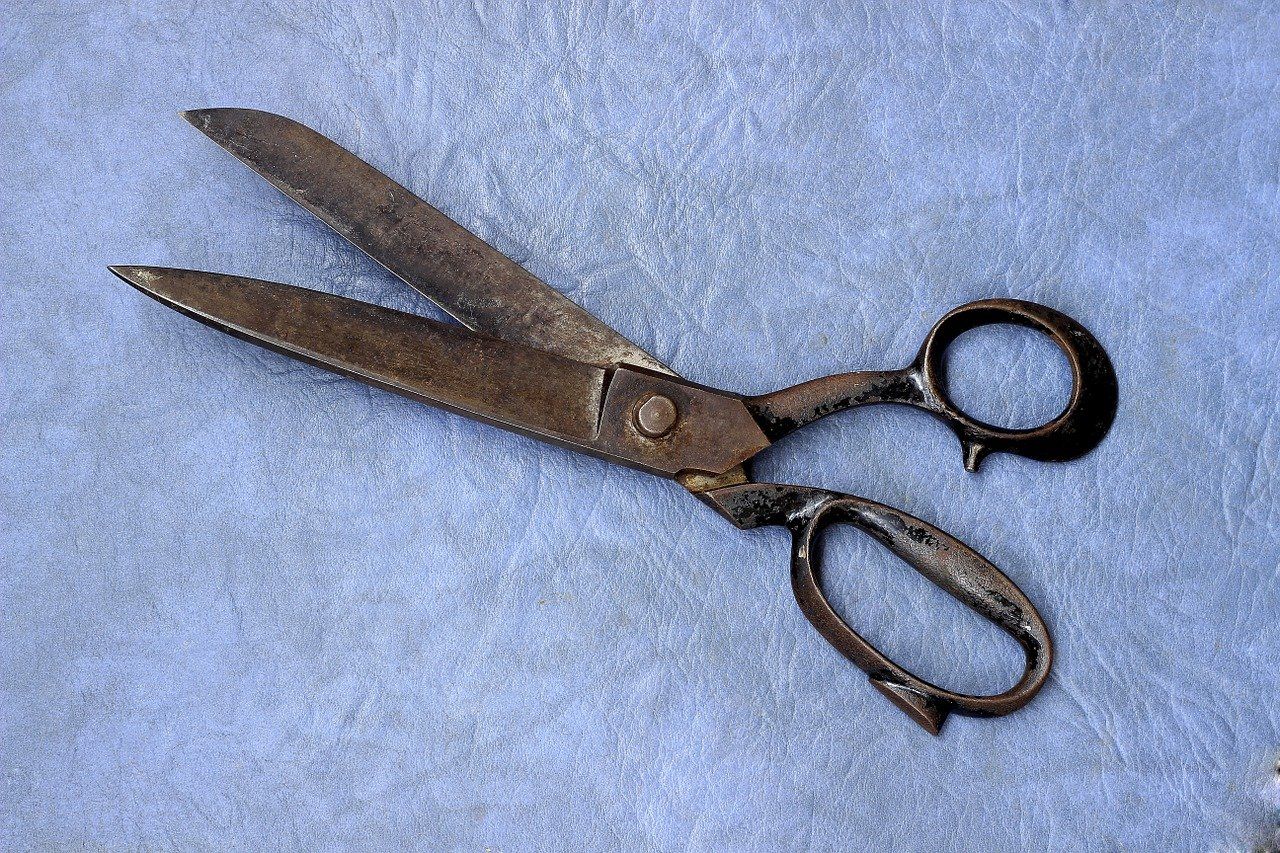6 Tips for Working With Fur
Top tips when working with recycled fur.

When working with real furs (recycled coats or other pieces), these tips will help you create a well-constructed and finished bear.
1. Find quality pelts. While inspecting the garment, you will also need to see the leather. This is really only possible with garments that have a French hem that can be lifted away. If you can’t see the pelts’ leather, try to feel it through the fur to make sure they are soft and pliable. You don’t want to be working with damaged pelts that are dry and brittle — they’ll tear like paper when turning. Another point to note here is that some garments, while they may not look like it, have thin leather strips between thicker sections of fur. This creates a beautiful coat, but you will be limiting the size pattern you can place as you will need to avoid the leather pieces.
2. Know your furs. When working with mink, the leather pelts are light and easy to sew, while rabbit and other furs can be a lot heavier. If you wish to work in the other furs, you may need to swap out your regular sewing needle for a specialized leather needle. This fine needle has a triangle point that slices through the heavy leather. When working with light furs, a sharp needle will suffice.
3. Line the leather to give it strength. Use fine woven muslin for this process. Trace the pattern onto the leather, apply a thin coat of glue, and add the fine muslin, smoothing out any creases. If the pattern is too light, retrace it to ensure the lines are visible for cutting.
4. Make fewer holes using a firm backstitch. Always go back into the previous hole with your backstitch, and make your stitches slightly longer than normal. You do not want to perforate the leather.
5. Take your time when turning the pieces. When it’s time to turn your pieces right-side out, wiggle them gently in your hand while using curved forceps. Never pull hard or poke the piece — you’ll end up creating a hole or tearing the piece.
6. Take your time trimming the face. Use very sharp scissors when it’s time to trim the face, and take your time. Take tiny snips and never cut across the fur, always go in the same direction. This will reduce the visible cuts in the fur. Take layers only ever cutting a few millimeters off at a time.

